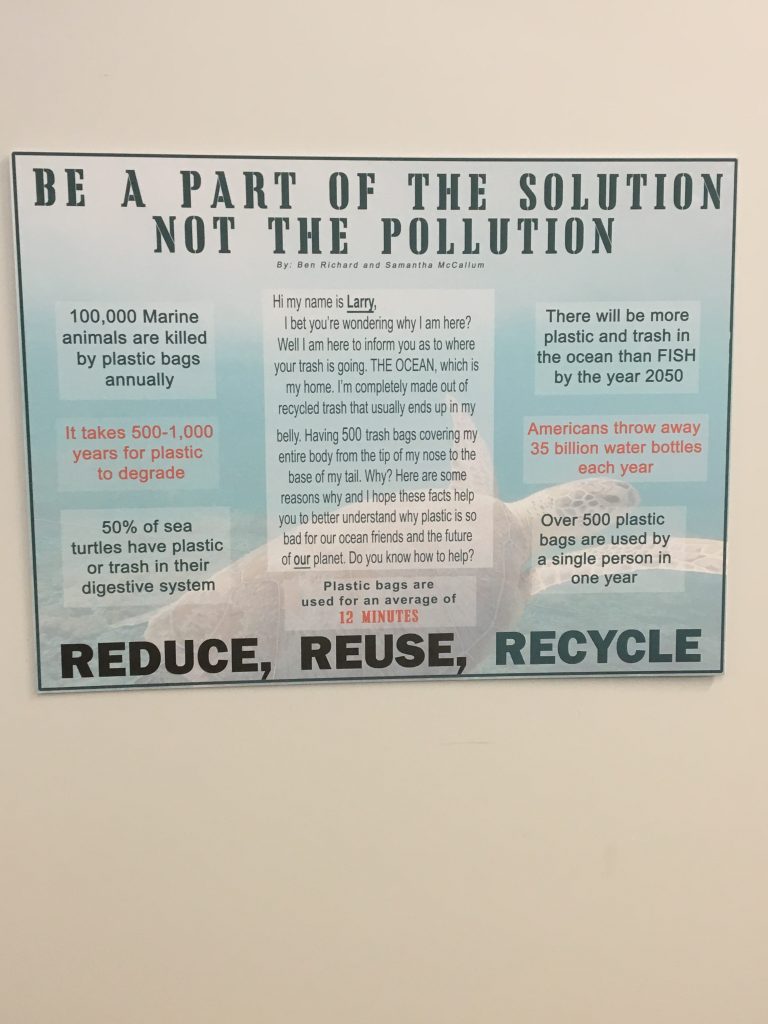By Wayne Jurgeleit
Assistant Editor

Photo from sciencedirect.com
Sewage sludge, a byproduct of wastewater treatment, presents significant environmental and public health challenges. Wastewater and stormwater flow into treatment facilities, where solid wastes are separated from liquids through settling and then decomposed by bacteria. These processed solids—sewage sludge—contain numerous hazardous materials, including household, medical, chemical, and industrial waste.
Once treated, sewage sludge is dried and disposed of in landfills. This “chemical soup” is laden with toxic compounds, nanomaterials, hormones, and dangerous pathogens. When a landfill reaches capacity, the site is capped, and the extremely slow process of breaking down these substances to safe levels begins. While sanitation processes mitigate some health risks, chemicals like PCBs, flame retardants, heavy metals, and endocrine disruptors, many of which are carcinogens, are not filtered out. Additionally, landfills are vulnerable to leaks caused by severe weather and aging infrastructure.


